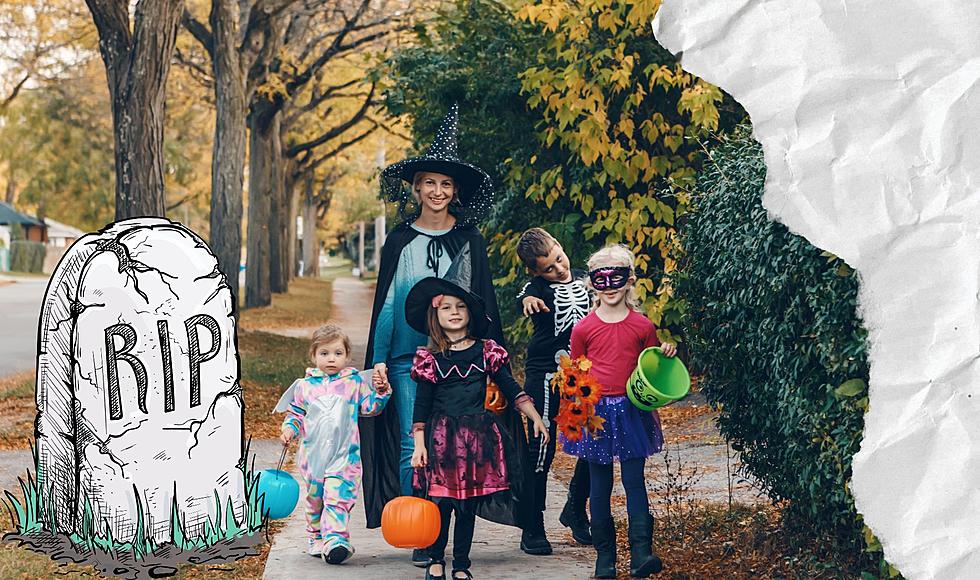
Different Types Of Screams And What They Mean
I scream, you scream, we all scream but why we scream still pretty much remains a mystery. There is not a lot of documented research on the subject of screaming and why we do it. Scream Science (as its known) will probably change all of that given the heightened interest in the topic. In the meantime, here's what we do know.
Under normal conversation our brain will take in sounds or pieces of audio given from another person speaking and deliver it to a section of our brain dedicated to making sense of the sounds emitted from that person. Is this an old person or young person, male or female, is the person calm or excited. In other words, it will rationally dissect the sounds and apply them aptly to our thought process.
Screams, however, don’t seem to follow that same conduit. Screams instead are sent directly from the ear to the amygdala, a place where the brain’s fear is processed causing your sense of flight to heighten and instantly triggering you to be on alert. The brain will also process the different types of screams to make us aware of just how much danger lies within each scream. People scream for many reasons, so armed with that information here are several different types of screams and what they mean to you as a recipient of the sound.
A happy scream: Happy screams are commonly short bursts of shrill, high pitched squeals, followed by exclamations of joy. Less piercing then a pain or frightened scream, happy screams, because of their short bursts tend to not alarm us as much.
A frightened scream: Shrieks and shrills emitted from a person who is terribly frightened will vocal a "rougher" frequency. It's this "roughness" that triggers and heightens the fight or flight syndrome that takes place naturally in humans and animals. Obviously the "rougher" the frequency in the scream, the more the amygdala is aggravated, thus causing us to become alerted to the imposing dangerous situation.
A scream given in pain: Longer and less shrill, screams of pain instantly warn the brain that a cautionary approach be taken but at the same time, be wary of the potential for danger that might surround a person in pain. Lower in volume, screams of pain are usually more identifiable because they are commonly followed by moans and groans from the victim.
MORE: Take a Look at Kalamazoo's (Reportedly Haunted) State Theatre

More From 107.7 WRKR-FM









